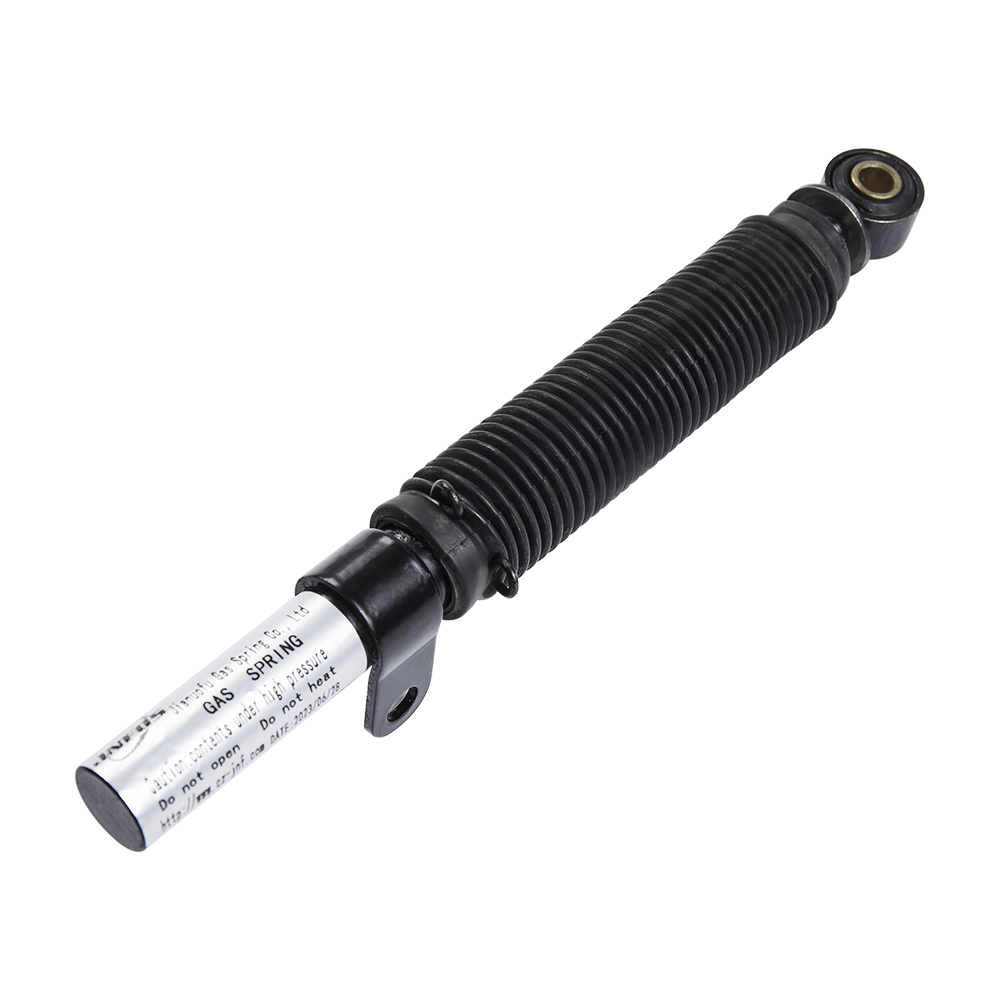In the design and manufacture of industrial equipment and furniture, Dampers Gas Springs, as key mechanical components, play a vital role. They not only improve the operating performance of the equipment, but also significantly extend the service life. They are widely used in many fields such as automated machinery, office furniture, medical equipment, automobiles, kitchen cabinet systems, etc. So, how do Dampers Gas Springs work in these applications?
The main function of the damper is to control the movement speed and absorb the impact energy. In industrial equipment, when mechanical parts move at high speed or displace, if there is no effective buffering device, vibration, collision and even damage are prone to occur. The damper slowly absorbs and disperses the external kinetic energy through the flow resistance of the internal oil or gas, thereby slowing down the movement process, avoiding structural impact, and improving the stability and reliability of the equipment. For example, in the conveying system of an automated production line, the damper can effectively avoid high-speed impact at the end of the part, ensure accurate positioning of the workpiece, and extend the operating life of the equipment.
Gas springs are a component that uses compressed gas to achieve power assistance and buffering, and are commonly found in adjustable furniture and opening and closing mechanisms. Compared with traditional mechanical springs, gas springs have a smoother and softer thrust, and the thrust can be precisely adjusted according to the internal air pressure. In furniture applications, such as office chairs, cabinet doors, bed frames and other structures, gas springs can help achieve smooth opening and closing movements, improving the comfort and safety of use. For example, a lifting chair with a gas spring can achieve stable height adjustment without the risk of sudden drop.

The synergy between dampers and gas springs is particularly noteworthy. In some complex mechanisms, the two are often designed as an integrated whole. For example, in medical beds, car tailgates or high-end kitchen cabinets, dampers are responsible for controlling the speed of closing to prevent pinching or violent impact, while gas springs provide the auxiliary force required for opening. This combination not only optimizes the user experience, but also reduces mechanical wear and extends the service life of the overall system.
With the development of intelligent manufacturing and humanized design, modern dampers and gas springs have also incorporated adjustable technology. Users can set the damping strength or thrust according to different usage requirements, which greatly improves the adaptability and maintenance efficiency of the system.
Dampers Gas Springs effectively improve performance and safety in industrial equipment and furniture applications by buffering impact, controlling movement, assisting opening, and other methods, while also extending the service life of the equipment. Their intelligent and modular trends will also bring more efficient and safer solutions to more areas in the future.


 English
English русский
русский











